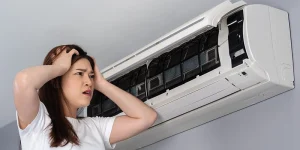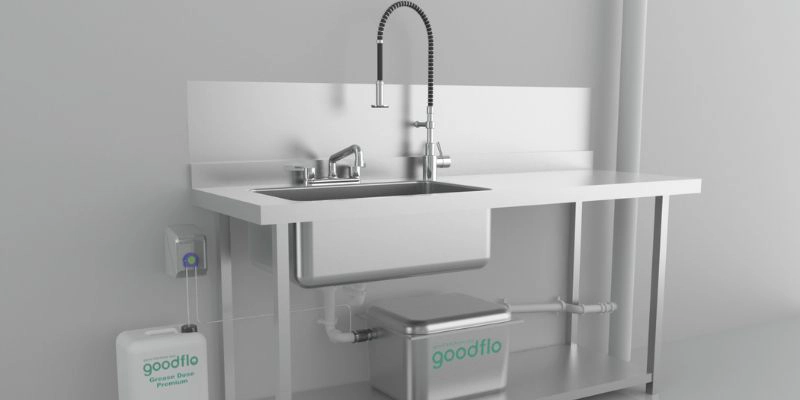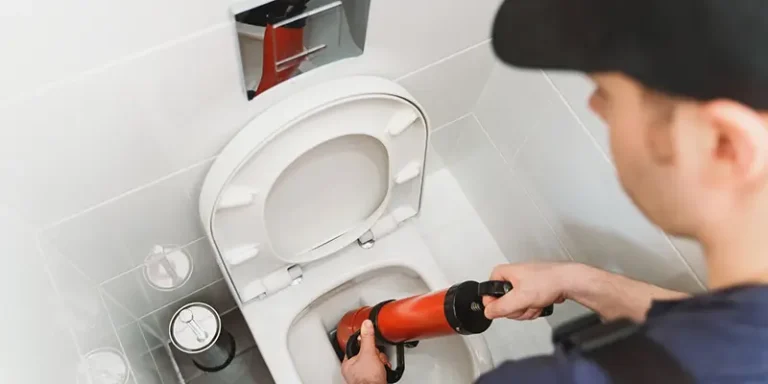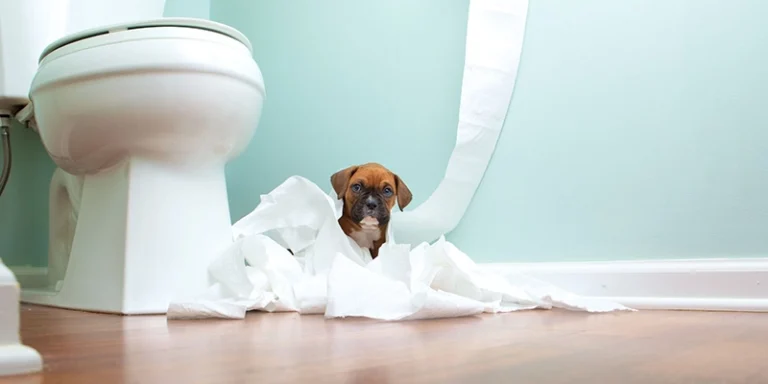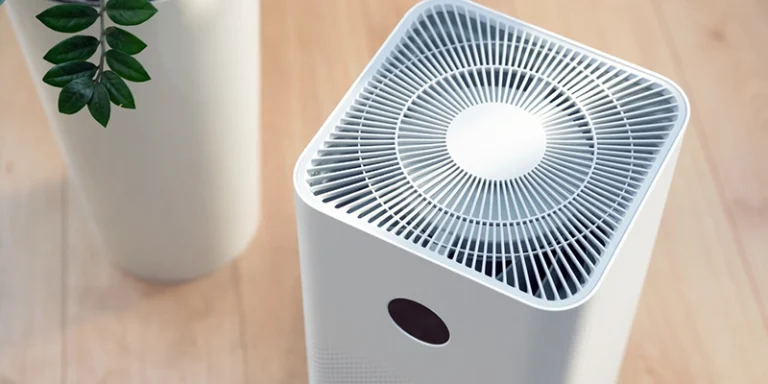Featured image credit : aquacure.co.uk
Everybody loves a wholesome meal, and few substitutes provide the same rich, flavorful taste that only comes with the use of oil, fats, and grease during preparation.
While our families and friends may enjoy them, it’s no secret that these products are not good for our bodily systems, and as it turns out, they’re not good for our plumbing systems either.
Grease traps are a simple and effective way to deal with grease disposal and help save your plumbing (and pockets) the unnecessary pain associated with drain repairs.
In this article, we’ll discuss this modern kitchen necessity in a little more detail and provide a brief explanation of how to install them correctly.
What are Grease Traps?
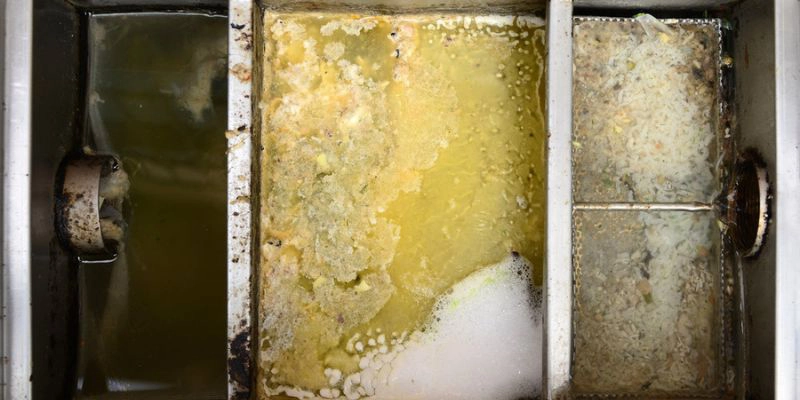
Grease traps are automatic plumbing devices designed to intercept or trap most greases and solids before they enter the wastewater disposal system. Grease traps are also known as:
- Grease interceptors or catchers
- Grease converters
- Grease recovery/management devices
- Fats, oils, and grease (FOG) traps
How Does a Grease Trap Work?
Since grease is up to 20% less dense than water, it doesn’t mix and floats to the top of the water surface. When this happens, the grease rises into the system’s automatic grease removal devices (or traps), where it is stored using the system’s motorized mechanism or baffle – these are the tank’s plastic walls that control the water flow.
Grease-free water can freely pass through the septic tank without damaging internal pipes or the drainage system.
Owners should check grease levels on a scheduled basis, as grease trap cleaning will be required when the grease interceptor fills.
This will reduce the chances of these substances feeding into the sewer system and ensure that the interceptor continues to trap solids and grease effectively, according to the manufacturer’s minimum standard.
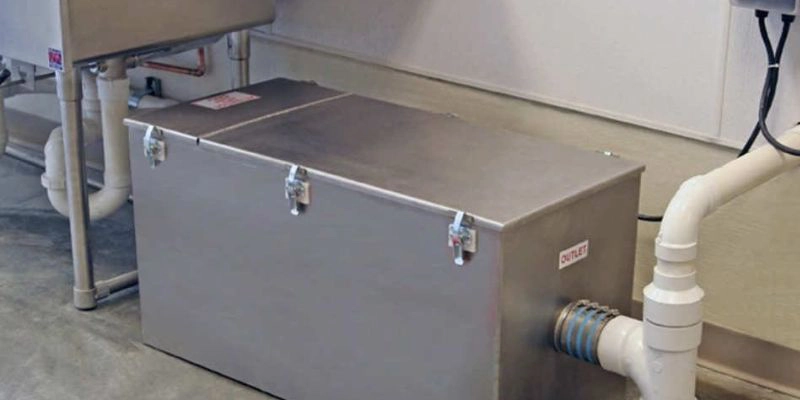
Do I Need a Grease Interceptor?
Simply put, if you prepare food at home regularly, there may be a case for owning a grease trap.
Fats, oils, and grease (FOG) are some of the most common causes of blockages in pipes and sewer lines. Not just that, when these substances are improperly disposed of, they can cause serious damage to the environment.
Many countries worldwide have passed legislation to ensure that proper FOG management principles are enforced in commercial kitchens and food service operators, with heavy fines being handed out to those that do not abide by them or meet efficiency standards.
This illustrates how much of a problem FOG can create, but luckily, with more grease management systems becoming increasingly mainstream, homeowners and families can also take the social responsibility of caring for the environment upon themselves and reduce the amount of grease being fed into sewer pipes.
How to Install a Grease Interceptor at Home
Step 1 – Decide Where to Install the Grease Trap
Generally, the most convenient place to install a grease trap is beneath the sink; however, this may differ depending on personal preference and the layout of kitchens with less space.
Some grease interceptor owners prefer to have them outside, especially in a commercial kitchen where the passive grease trap may require frequent maintenance.
The main consideration is to ensure that the passive grease trap is installed unobtrusively and allows you easy access to the system for cleaning and maintenance.
Step 2 – Connecting the Grease Trap
All grease traps require three connections to be made:
The first connection is made to the water source via a simple screw-head pipe, such as the tap in the sink.
The next connection needs to be made to the holding tank vent. It is highly recommended that users install a cleanout tee before connecting the device to it.
The final connection is the pipe that connects the trap to the sewage system. This is found in the bottom right corner of most grease trap systems.
Once connected and in use, it is advisable to pour boiling water on any greasy food or other substances going down the drain to help break up and dissolve as much grease as possible and reduce any residue left behind.
Conclusion
- Summer Solutions to Common Home & Business Plumbing Problems
- Solving Water Safety Challenges with Whole House Filtration
- Plumbing Cameras Offer a View from the Inside
- 5 Tips to Hiring a Quality Plumbing Company
- Everything You Need to Know About Hydro Jetting
- What You Need to Know About Kitec Plumbing

